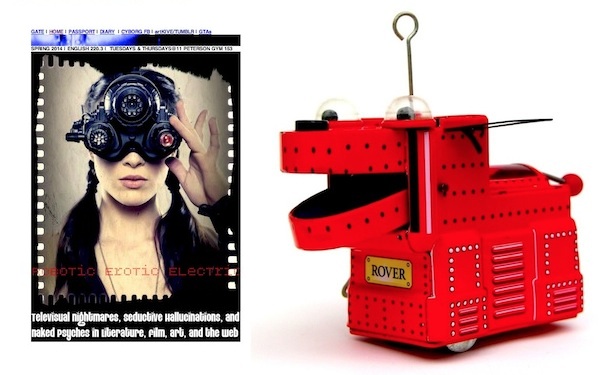 |
|
Your imagination challenge numero uno will be cleverly titled, double-spaced, have 1-inch margins top and sides and be carefully proofread; additionally, it will be chock-full of active verbs and, in general, have syntactic variety so as to avoid the dangers of the "IS" VIRUS (use the sample grading sheet opposite as a checklist of what NOT to do. Lastly, please use MLA or University of Chicago-style works cited pages. Your works of genius are due IN-CLASS March 6, 2014--you will walk into class on time and drop your paper into the decorated receptacle that corresponds to your specific section (there will be one other bag with my name on it as well for those who want to brave the challenge of my grading!). Late papers will not be accepted. Early papers, in most cases, will be cherished lovingly. All "A-grade" level imagination prompt responses will integrate selected direct quotations from the primary texts and will avoid ALL of the quicksand-like bad habits noted here on the gradesheet above--click it to make it readable. Additionally, "A-grade" grades will be awarded ONLY to crafty undergraduates who make use of scholarly research discovered either by prowling the stacks (the shelves and shelves of books that fill Love Library, aka the "Library of Love") or that you can gather off of JSTOR or PROJECT MUSE--be sure to CITE THESE WORKS CAREFULLY. In general, avoid research garnered from the internet--any use or adaptation of material from Spark Notes, Cliffs Notes, Barron's Notes, etc (and especially essays that rely on wikipedia) will likely be returned to you ungraded. One last bit of advice, do NOT plagiarize ANY material from an online source or 'paper mill' ;
unCITED material = PLAGIARISM; also, as noted above, if you are going to analyze a key element
from an illustrated or filmed work, do please go to the bother of xeroxing the image and incorporating
it INTO your essay with captions and with a notation in the Works Cited to let your readers know where you got it from. Last hint? Have a blast with this paper! Try things you have NEVER tried before! Test the limits of your imagination! Good luck! This IMAGINATION CHALLENGE is slightly different from other writing assignments you may have completed as an undergraduate (for example, please leave everything you learned to loathe in RWS 100 or 200 at the door--unless your instructor was a genius in which case use your best judgement). For this Imagination Challenge Numero Uno (Number One), you will fill in the blanks provided below and then complete the essay you have started making sure to provide specific textual evidence to sustain/defend/illustrate your clearly stated views! FINISH only ONE of the following challenges... Note that some of the blanks below are meant to be filled with authors' names whilst others should be filled with specific phrases/theses; read the prompts carefully to make your final determination. One last thing. Try to finish your paper a DAY BEFORE it is due. Print it out and lay it on a desk in your room. A day later, wake up early and take this printed work and go to a room/library/cafe you don't usually go to--go there with a big old printed dictionary, you should own one and you can get good ones for cheap at old book stores like Adams Avenue Books, DG Wills Books, Bluestocking Books and other area book shops. Take your paper to this special place, this Editing Pod 2.0 and 'edit' your paper. We really don't have the power to carefully edit a document on the screen where it was composed. You must switch media, going from screen to paper, from photons to ink, to see errors your reader will trip over! Cool. Go for it! Here are your prompts! 1. Kafka, Crumb, and Mairowitz Go For a Walk With Dickens Robert Crumb's mesmerizing work splashes across the pages of Kafka written
by David Mairowitz. While Kafka's
ideas had their genesis in Prague, they are also quite
useful when applied to the complexities of literature. In the
pages that follow, I will use both the words of Kafka (as adapted
by Mairowitz) and the illustrations of Crumb to explore Lars and Real Girl, directed by Craig Gillespie with a screenlay by Nancy Oilver. By doing so, I hope to illustrate how _____________________.... 2. Psychology & Sexuality (with some cool secondary research)... A provocative psychological film by writer Nancy Oliver and director Craig Gillespie, Lars and the Real Girl
challenges its readers to explore the
______________________ of human sexuality--to be more specific, Oliver
and Gillespie take viewers on a tour of ___________________
introducing
characters that ______________________. Recently, specific
critics have focused on eroticism and sexuality in American
cinema--typical among these is _____________________ written by
_____________. I am not totally content, however, with Professor
_________________'s study of the psychology of sexuality in American
cinema. In the paragraphs that
follow, I will briefly illustrate my problems with his/her work and
suggest better ways to explore Oliver and Gillespie's project. 3. Ira Levin and Craig Gillespie Enter the Literary Boxing Ring Ira Levin's The Stepford Wives introduces us to a world where women are expendable, a bizarre near future where men have the power to build their domestic female partners. Similarly, Craig Gillespie's screenplay for Lars and the Real Girl also introduces us to a main character, Lars, played by Ryan Gosling, who also builds his love and soul mate using a technological manufacturing process--this time via the Internet. At first glance here the stories seem identical, but of course they are not. In the paragraphs that follow I will unfold the key differences between these two minor American masterpieces and I will do so with specific emphasis on ____________________________________________ and ____________________________________________. 4. Technologies of Love Spike Jonze's Her, Ira Levin's The Stepford Wives, and Lars and the Real Girl all reveal artists obsessed with the nexus, the matrix, of love and technology. This essay seeks to probe further into this curious dialectic arguing specifically how____________________________________________... 5. Comparative Literature: Kafka and Dickens The best literature is merely a vehicle for studying the contours of the human mind. In Gregor Samsa and Stephen Blackpool, writers Franz Kafka and Charles Dickens introduce readers to men who are trapped, men who endure, but also to men who are, in a sense, failures. Or are they? I will use the next few pages to creep carefully into the minds of these two memorable characters from literature in order to explore how ____________________________________________... In order to add complexity our understanding of Kafka and Dickens' achievements, I will review recent essays (after 2008) by _________________________ and _____________________________ that probe the imaginative depth and psychological complexity of these two memorable characters. 6. Philip K. Dick versus Spike Jonze The conclusion of this essay appears here in the introduction: Spike Jonze's Her and Philip K. Dick's Do Androids Dream of Electric Sheep have nothing to do with each other. I know what you are thinking. "How can that be" or "this writer is crazy." After all, both works, the movie and the novel introduce us to future worlds where technology directly impacts upon the human animal. But I intend to argue something opposite. That when you look closer Jonze and Dick actually emerge as adversaries, as antagonists, and that the recent film and classic novel are ____________________________________________. 7. Double Double In both "The Yellow Wallpaper" by Charlotte Perkins Gilman, and Ira Levin's "The Stepford Wives", we encounter two variations on a similar situation: the main character is replaced with a double who looks identical on the outside, but whose interior metamorphosis is drastic and dramatic. These seemingly seamless transformations are both so moving and disturbing because _____________________________________. In this essay I will discuss the implications that the act of replication and replacement may have for their (and our) identities, but I will also focus on the key differences between the alterations these women undergo, such as __________________________________ and ________________________. In particular, I will use a third work, Phillip K. Dick's masterpiece "Do Androids Dream of Electric Sheep?", to elucidate these differences, comparing the robots in Levin's work with PKD's Replicants, and contrasting them with Gilman's "Women in the Walls." I hope to demonstrate that although each version of the "identical impostor" is unique, they each share certain key characteristics. 8. All the women are white, all the “crazies” are women, but some of us are brave At first glance, Charlotte Perkins Gilman’s “The Yellow Wallpaper, ” Ira Levin’s The Stepford Wives, and Charles Dickens’ Hard Times seem to have little to say to one another. They take place in wildly different times and places, and appear to be about extremely different subjects. But take a second look. After all, isn’t the main character of each text a middle-class white woman who, arguably, descends into “madness”? Each character’s madness is precipitated by many different factors and characterized in many different ways. Jane’s is ___________________, ____________________, and __________________; Joanna’s is ___________________, ____________________, and __________________; and . Louisa’s is ___________________, ____________________, and __________________. Still, the similarities are undeniable. This essay will argue that, taken together, the texts point to ____________________, ______________________, and ________________________, which seem to be features of white, middle-class womanhood that have remained oddly stagnant over time. 9. OS ♀ Samantha, in Spike Jonze's Her
is part of a long line of fictional female robots, cyborgs, and
androids created for a utilitarian function. In fictional texts, female
robots are most often designed for pleasure and domestic labor. One
thinks of Ira Levin's The Stepford Wives, or Rachel from Ridley Scott's Blade Runner, or __________, etc. But Samantha is different from these other fembots. She’s _________, and also _________. The conflict of Her
is not whether Samantha will achieve self-actualization; she already
has. The conflict is whether something as ____________ as Samantha
could be happy with a human being who is so ____________. With
Samantha, the audience is free to create a new kind of female
science-fiction organism: the kind that doesn’t view__________ and
___________ as its ultimate goals. In this paper, I will compare
Samantha to _______________, a female character from _____________, in
order to answer the following questions: What does it mean for Samantha
to be a “female” OS? How is her artificial intelligence gendered? Is
Samantha more self-interested or progressive than _____________ from
_______________, and what does that suggest about their womanhood? How
does Samantha challenge the attitudes towards women during the time of
_______________ from _______________? How does she challenge our
current culture’s view? {Be sure to incorporate recent essays on Artificial Intelligence, Robotics etc as you craft your essay} 10. INVENT YOUR OWN FILL IN THE BLANKS PROMPT Develop and refine your OWN independent fill in the blanks prompt--it must make use of at least two works from the 1st half of the semester (this includes Philip K. Dick and Tex[t]-Mex. It also includes adaptations of the prompts 1-9 listed above. You MUST bring your proposal to me by Tuesday, March 4 , before OR after class (typed, please) or email your proposal to me at memo@sdsu.edu. You are also welcome to run it by me in person during office hours or by appointment. Have fun!
|
| MODELS FOR GOOD LITERARY AND FILM CRITICISM |
| If you have never read a good piece of literary
criticism or film theory, it is probably a good idea to read some
BEFORE you tackle this writing assignment; below appear paragraphs and
a link to some good writing focused on literature and film. As you do
your research for your essay, pay attention not just to the ideas of
the critics you select to share in your essay as proof, pay attention
as well to the way they carefully craft these arguments. Edward Said, one of my stylistic mentors, on Joseph Conrad...  Edward Said, again, on Joseph Conrad (and Sigmund Freud)... 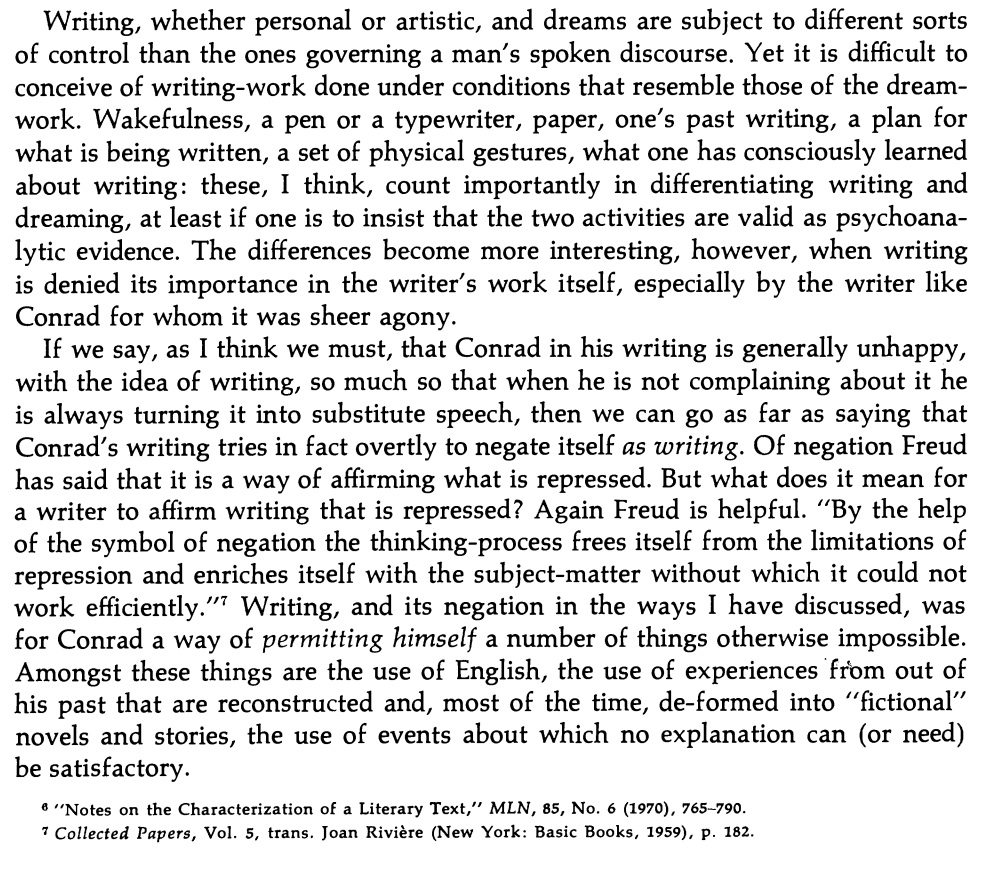 Helen Vendler on Criticism 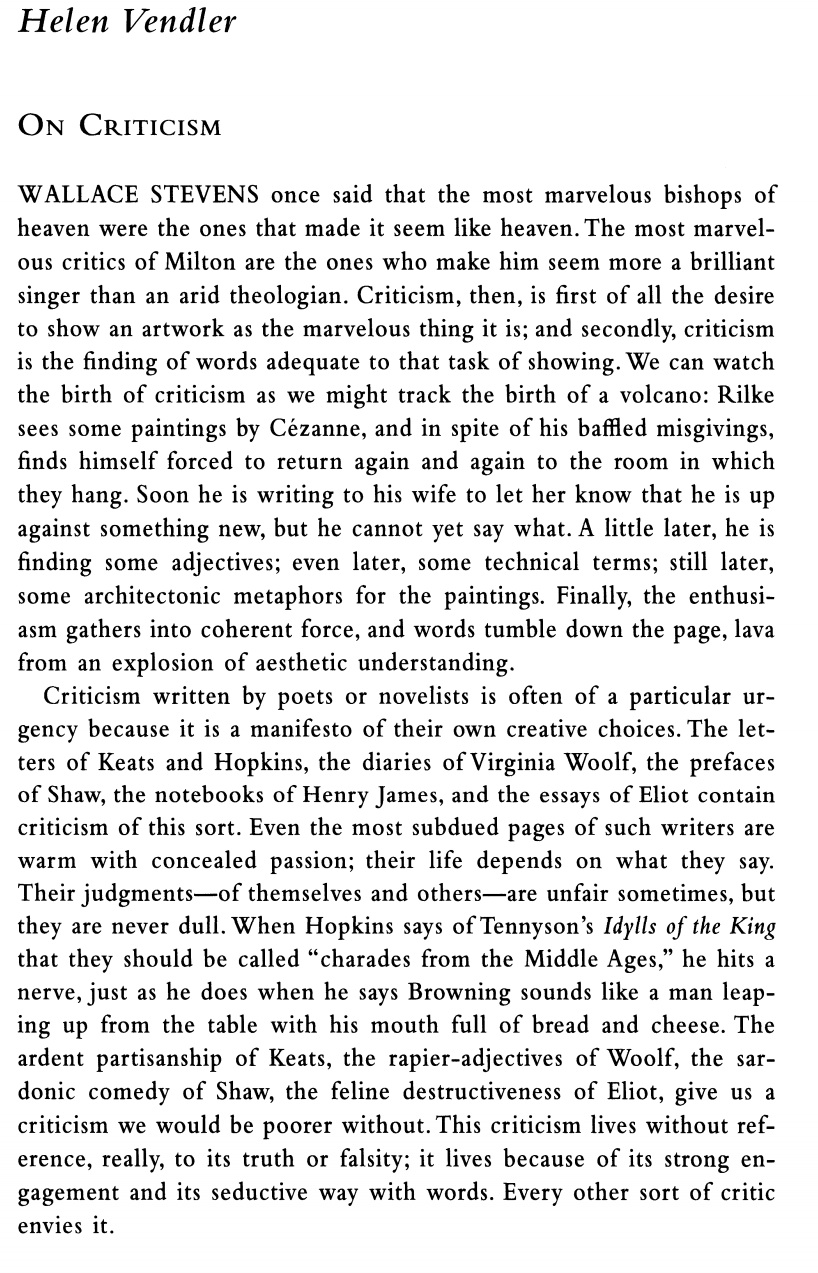 and last, J. Hoberman (extra-cool film theorist)... (click image to see/read his full review)... 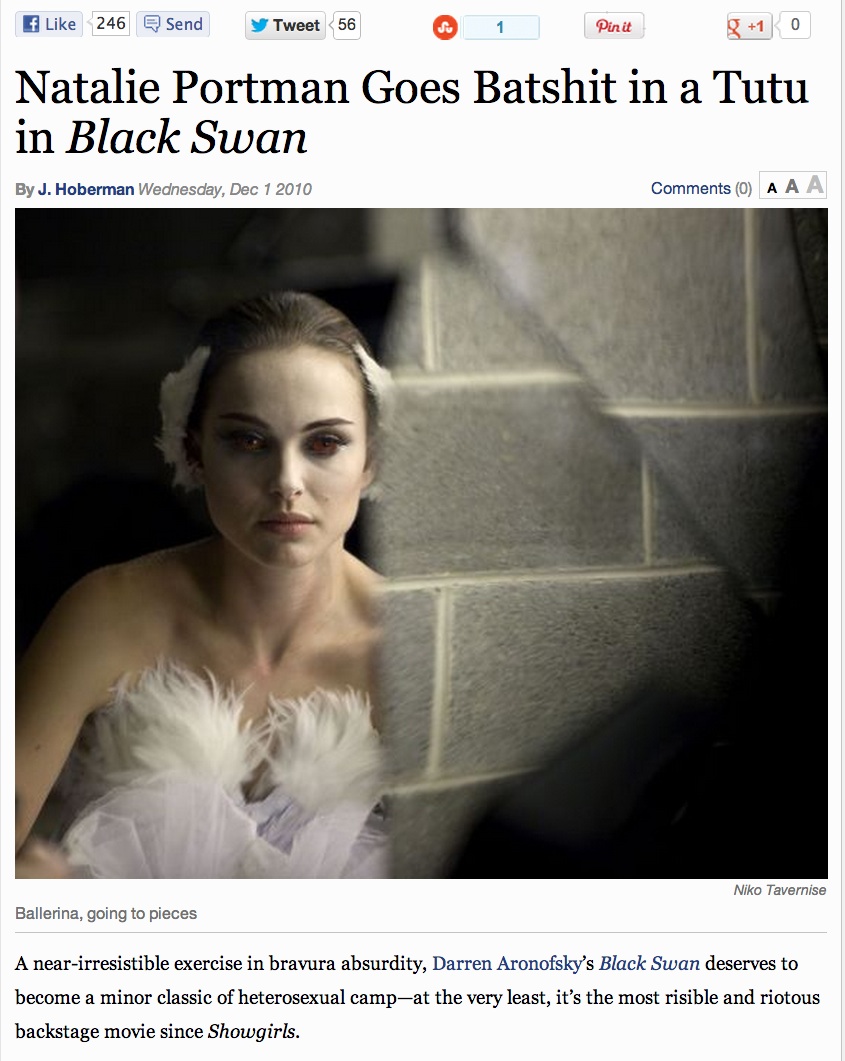 |
| urgent issues? email: memo@sdsu.edu |
Back to your Day to Day Diary Page!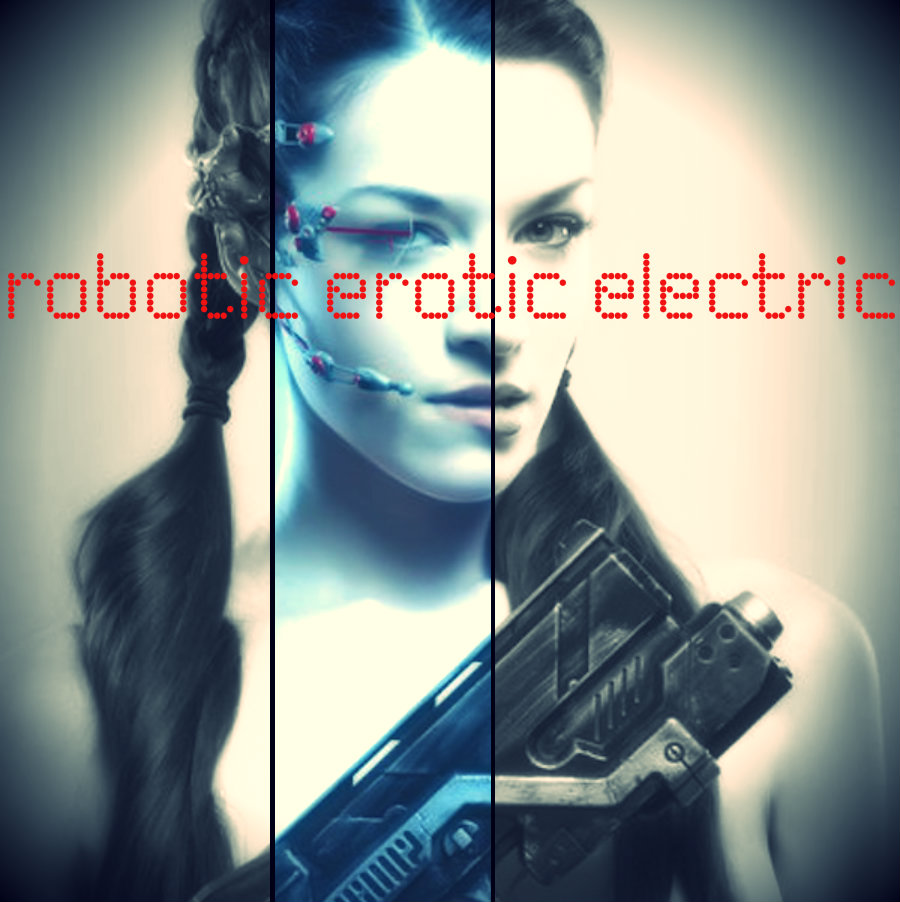 |
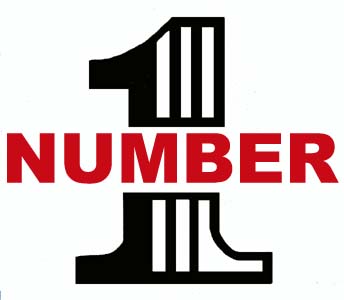
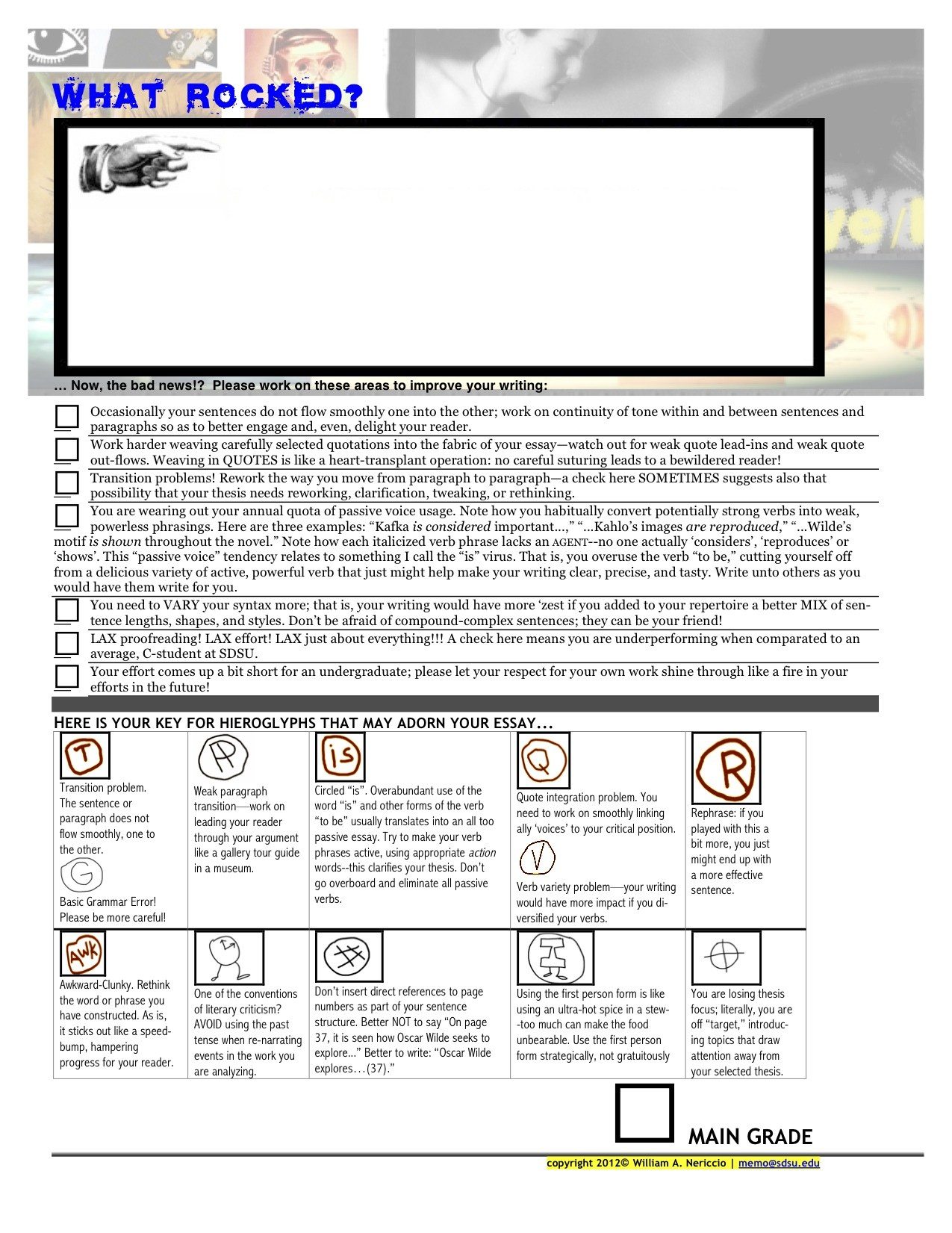
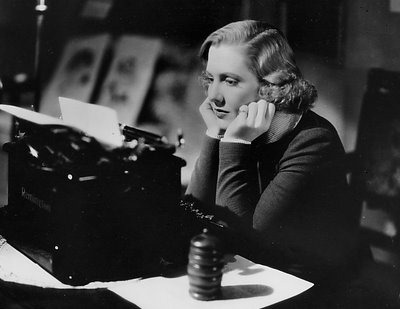 Write unto others as you would have them write for thee!
Write unto others as you would have them write for thee!